Many ambitious gardeners believe that the window to start a garden closes as spring ends, associating the season of blooms and mild rains as the prime time for planting seeds and seedlings. However, summer brings with it a unique set of advantages and possibilities for both rookie and experienced gardeners alike. In this detailed guide, we will analyze how starting a garden in summer can not only be feasible but also rewarding.
By understanding regional growing seasons, choosing the right plants, and employing specific summer gardening techniques, you can create a flourishing garden that continues to grow into the fall. Whether you’re cultivating a vegetable patch, a flower bed, or a mix of both, this guide will provide you with practical advice to navigate the challenges and exploit the benefits of summer gardening.
Understanding the Growing Season to start a garden
Understanding your local growing season is crucial for successful gardening. The concept of a growing season is largely determined by local climate conditions, particularly the timing of the last spring frost and the first fall frost. These dates define the period during which conditions are favorable for plant growth. For gardeners considering a summer start, it’s vital to recognize that while the peak window for planting might have passed, many plants can adapt to grow well when sown in the warmer months.
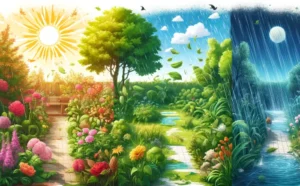
Plants have varying requirements for temperature, sunlight, and day length, all of which affect their growth cycles. In regions with mild autumns, for example, the growing season can extend well beyond the end of summer, allowing late-planted crops to mature. It’s also worth noting that in warmer climates, where winters are less severe, certain crops can be grown year-round, and summer planting may actually be compatible with the start of the optimal growing period.
Advantages of Starting a Garden in Summer
Summer may seem like a challenging time to start a garden, but it offers several advantages that spring does not. First, garden centers often discount plants, seeds, and gardening tools later in the season, which can make summer an economically favorable time to begin. These discounts allow gardeners to purchase a wider variety of plants or larger quantities than the budget might allow in spring. Additionally, summer planting faces fewer issues with spring pests and diseases, which can multiply in cooler, wetter weather. Another benefit is the abundance of sunlight; longer days provide more light, which helps plants photosynthesize more efficiently and grow stronger.

Moreover, gardeners starting in summer can choose from a selection of fast-growing or heat-tolerant plants that can quickly catch up and produce a harvest before the first frost. Finally, summer starts can be ideal for those who missed the spring season but wish to cultivate a garden for personal pleasure or to magnify their home’s curb appeal.
Challenges of Summer Gardening
While there are advantages, summer gardening also comes with its own set of challenges that require careful planning and management. The primary concern is the intense heat and potential for drought conditions, which can stress plants and lead to poor yields or plant loss. Young plants are particularly vulnerable as they have not yet developed extensive root systems to access deeper water reserves in the soil. To reduce these risks, gardeners should consider strategies such as watering deeply and less frequently to encourage root growth and using mulches to retain soil moisture and keep root zones cooler.

Choosing the right plants is also critical; some species and varieties have better drought and heat tolerance than others. Additionally, planting in locations that receive partial shade during the hottest part of the day can prevent unbearable heat and provide relief to sensitive plants. Gardeners must also be watchful about pests and diseases that thrive in hot conditions, implementing preventive measures and regular checks to keep these issues under control.
Best Plants to Start in Summer
Selecting the right plants is essential for a successful summer garden. Certain vegetables and flowers excel when planted during the warm months. Vegetables like cucumbers, squash, beans, and sweet corn grow well in warm soil and can quickly germinate and grow in summer conditions. These plants also tend to have relatively short growing seasons, meaning they can complete their life cycle before the cooler weather sets in. For flowers, species such as marigolds, cosmos, and sunflowers are not only heat-tolerant but also quick to bloom, providing color and vibrancy to your garden within a short time frame.
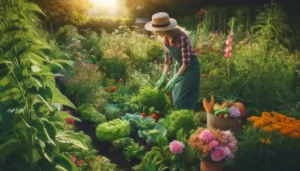
Additionally, planting perennials like echinacea and black-eyed Susan during the summer can establish them well enough to ensure a strong return the following year. Herbs are another group of plants that can be started in summer; many, such as basil, lavender, and thyme, prefer the warmer weather and can continue to be productive into the fall.
Preparing the Garden Bed in Summer
Preparing a garden bed in summer requires some specific considerations to ensure plant health and growth. The soil must be well-prepared to retain sufficient moisture and nutrients during the hotter months. Incorporating organic matter such as compost or well-rotted manure can greatly enhance the water-holding capacity of the soil, which is crucial during periods of high temperature and low rainfall. Additionally, gardeners should ensure that the garden bed is well-aerated; compacted soil can inhibit root growth and reduce water penetration.
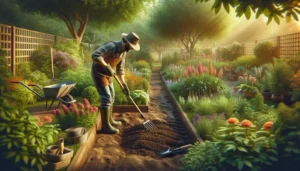
If the soil in your area is particularly dense or clayey, consider raising your garden beds or adding generous amounts of sand and organic matter to improve drainage and texture. For those planting in very hot climates, creating partial shade using cloth or strategically placed plants can help protect sensitive seedlings from the midday sun. Proper bed preparation not only facilitates better growth but also reduces the need for frequent watering and fertilization.
Maintenance Tips for Summer-Started Gardens
Maintaining a garden that was started in summer revolves around regular care and monitoring to ensure plant health. Watering is more critical in the summer months due to increased evaporation and plant transpiration. Implementing a consistent watering schedule early in the morning or late in the evening will minimise water loss and provide plants with the necessary hydration. Additionally, using drip irrigation or soaker hoses can deliver water directly to the root zone where it’s most needed.
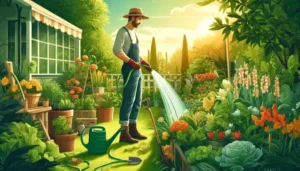
Mulching is another crucial practice; a good layer of organic mulch can keep the soil cool and moist while suppressing weed growth. Regular feeding with a balanced fertilizer can also help support the rapid growth many plants undergo during the summer. Monitoring for pests and diseases is vital, as hot weather can worsen some problems like spider mites and fungal infections. Early detection and treatment can prevent these issues from becoming major setbacks.
Planning Ahead for Fall
While managing your summer garden, it’s also important to plan for the upcoming fall season. Certain crops, including root vegetables like carrots and beets, as well as greens like kale and spinach, can be planted in late summer to yield a late autumn harvest. This is also a good time to start perennials, giving them a chance to establish themselves before winter. Additionally, consider the maintenance tasks required to transition your garden into the cooler months, such as trimming, mulching, and possibly installing frost protections like cloches or row covers.

By planning and planting strategically, you can extend your gardening season and enjoy fresh produce and vibrant blooms for much longer than the typical garden season.
Summary
Though summer is not traditionally considered the ideal time to start a garden, with the right knowledge and approach, it can be an excellent opportunity to cultivate a wide variety of plants. By understanding the specific conditions and requirements of summer gardening, and choosing appropriate plants and care strategies, you can enjoy a flourishing garden that extends well into the fall. Whether you’re looking to grow vegetables, flowers, or herbs, summer offers a unique chance to experiment and enjoy the gardening process in a different season.
FAQ
Q1: What are the top three plants that are easiest to start in the summer?
A1: The top three plants that are easiest and most rewarding to start in the summer include:
- Zucchini: Grows well in warm soil and matures quickly, offering abundant yields.
- Sunflowers: Fast to germinate and grow, sunflowers can handle the summer heat and provide dramatic garden visuals.
- Basil: This herb loves the heat and can be harvested throughout the summer and into early fall, beautifying many culinary dishes.
Q2: How often should I water my summer garden?
A2: Watering frequency depends on your climate and soil type, but a general rule is to water deeply at least once a week. In very hot or windy conditions, more frequent watering may be necessary, especially for containers and raised beds, which tend to dry out faster. Always check the soil moisture at about an inch below the surface; if it feels dry, it’s time to water.
Q3: Are there any specific fertilizers I should use for summer planting?
A3: During the summer, plants benefit from fertilizers that are higher in potassium, which helps with heat stress and disease resistance. Use a balanced, slow-release fertilizer that provides a steady supply of nutrients over time. For flowering plants and fruits, choose a fertilizer that supports blooming and fruit production, often labeled as “bloom booster” or similar.
Q4: How can I protect my plants from the intense summer sun?
A4: To protect plants from the intense summer sun, consider using shade cloths or planting under partial shade structures, especially for young, tender plants or those that prefer cooler conditions. Mulching around your plants can also help retain soil moisture and keep root temperatures lower. For container plants, moving them to shaded areas during the hottest part of the day can prevent scorching.
Q5: Can I start a herb garden in the summer?
A5: Absolutely! Many herbs grow well in the warm conditions of summer. Herbs like basil, cilantro, dill, and mint are particularly well-suited for starting in the summer. They grow quickly and can often be harvested within weeks of planting. Ensure they are watered regularly and have good drainage, as herbs do not like to sit in overly wet soil.

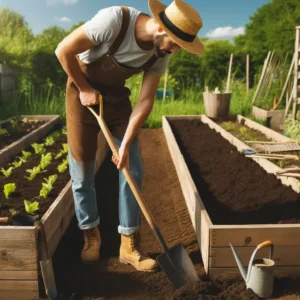
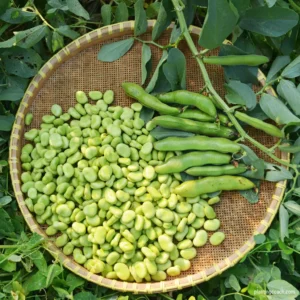
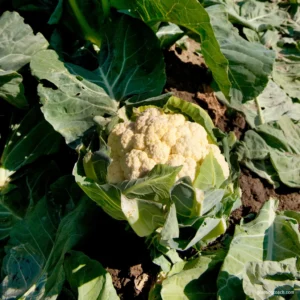
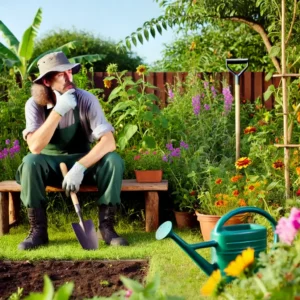

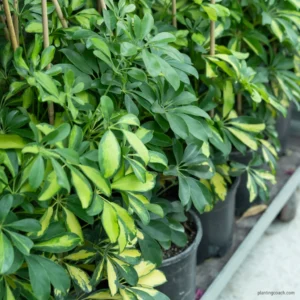
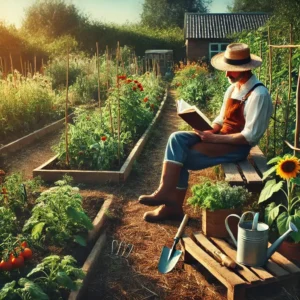
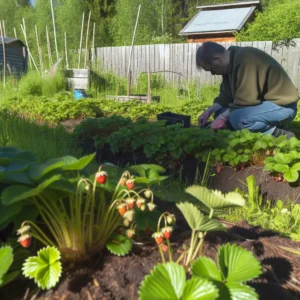
1 thought on “Start a Garden: Summer isn’t too Late! Best Tips”